Faculty Research
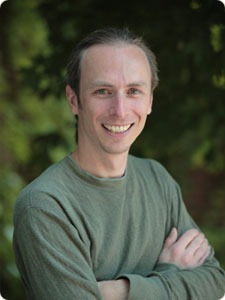
Philip Camill
Research Interests: Philip Camill's research interests include climate change and sustainability.

Connie Chiang
Research Interests: Connie Chiang studies modern United States history, with specialties in environmental history, the history of the American West, social history, and Asian American history. She is particularly interested in how shifting human interactions with and attitudes toward the natural world have transformed American society.
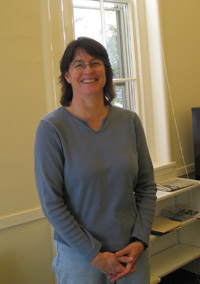
Anne C.J. Hayden
Research Interests: In addition to lecturing at Bowdoin, she currently is the Downeast Fisheries Partnership coordinator for Manomet. As coordinator, she aims to organize a collaborative effort to rebuild a diversified fisheries-based economy in Downeast Maine. Previously, Anne was an independent consultant focusing on marine research, policy and management. Her recent projects include assessment of the potential impacts of climate change on Maine’s lobster fishery and analysis of the mismatch between ecological and management boundaries in federal fisheries management programs.
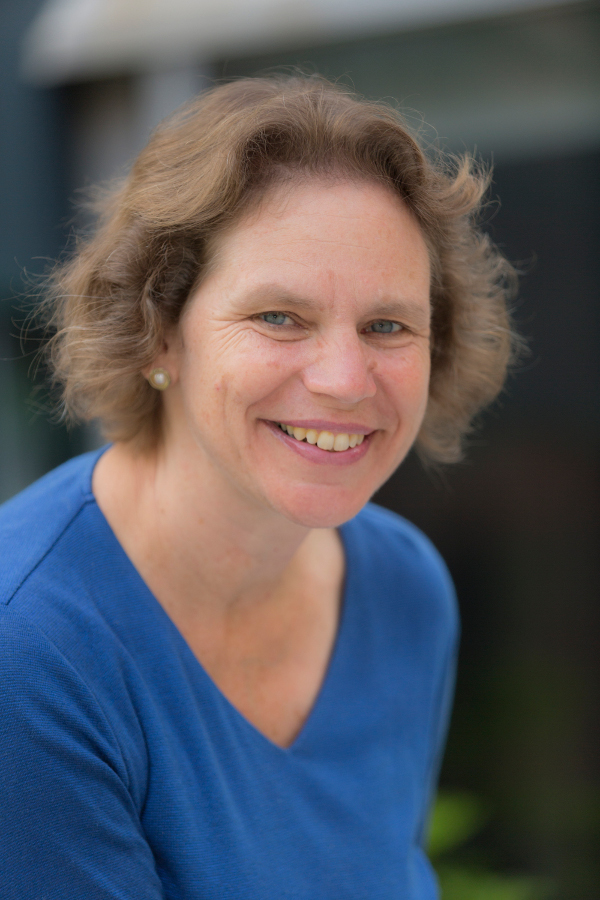
Eileen Sylvan Johnson
Research Interests: Eileen Johnson teach courses that incorporate spatial analysis and GIS (Geographic Information Systems) and remote sensing with a community based focus.
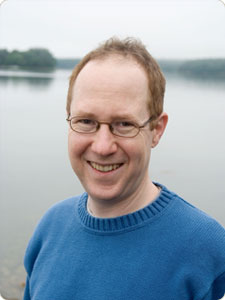
Matthew Klingle
Research Interests: A historian of the United States, his research and teaching focus on the North American West, environmental history, urban history, social and cultural history, and the history of science, technology, and medicine.
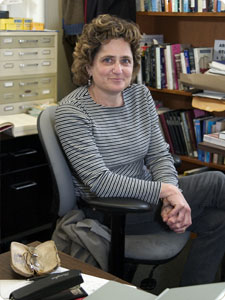
Jill Pearlman
Jill Pearlman teaches the history of architecture and urbanism.
The Eventful Life of the Lawn Road Flats: A Cultural Biography of Britain’s Modernist Icon (book in process)
Unlike most architectural histories, which privilege the genius of the original architect and the desires of the patrons, my book explores the fascinating seventy-year life of the modernist Lawn Road Flats from its conception in 1932 to the present day. The Flats (also known as “Isokon Flats”) have lived many different lives: home and social center for the large modernist community in London, residence to a group of prominent Russian spies, grim council housing and, finally, derelict abandonment. In 2005 the building reopened after a gloriously restoration and with a new social purpose. At the heart of my biography of the Flats, I argue that buildings are dynamic entities that undergo constant change, sometimes physical change, but always change in meaning as they entwine with the lives of different people over time—owners, tenants, visitors, building staff, bureaucrats, estate agents and architects, among them. Buildings accumulate histories well beyond opening day, in relation to their users, events, and the changing social and cultural context in which they exist.
Living the Modern Life in Greater Boston: 1930-1965This project furthers my long-standing interest in the connections between ideas of modernity and the ways in which they shaped and were shaped by buildings and the larger metropolitan landscape. In it, I will explore the ultra-modern houses as well as the new progressive elite culture centered, surprisingly enough, in establishment Boston.
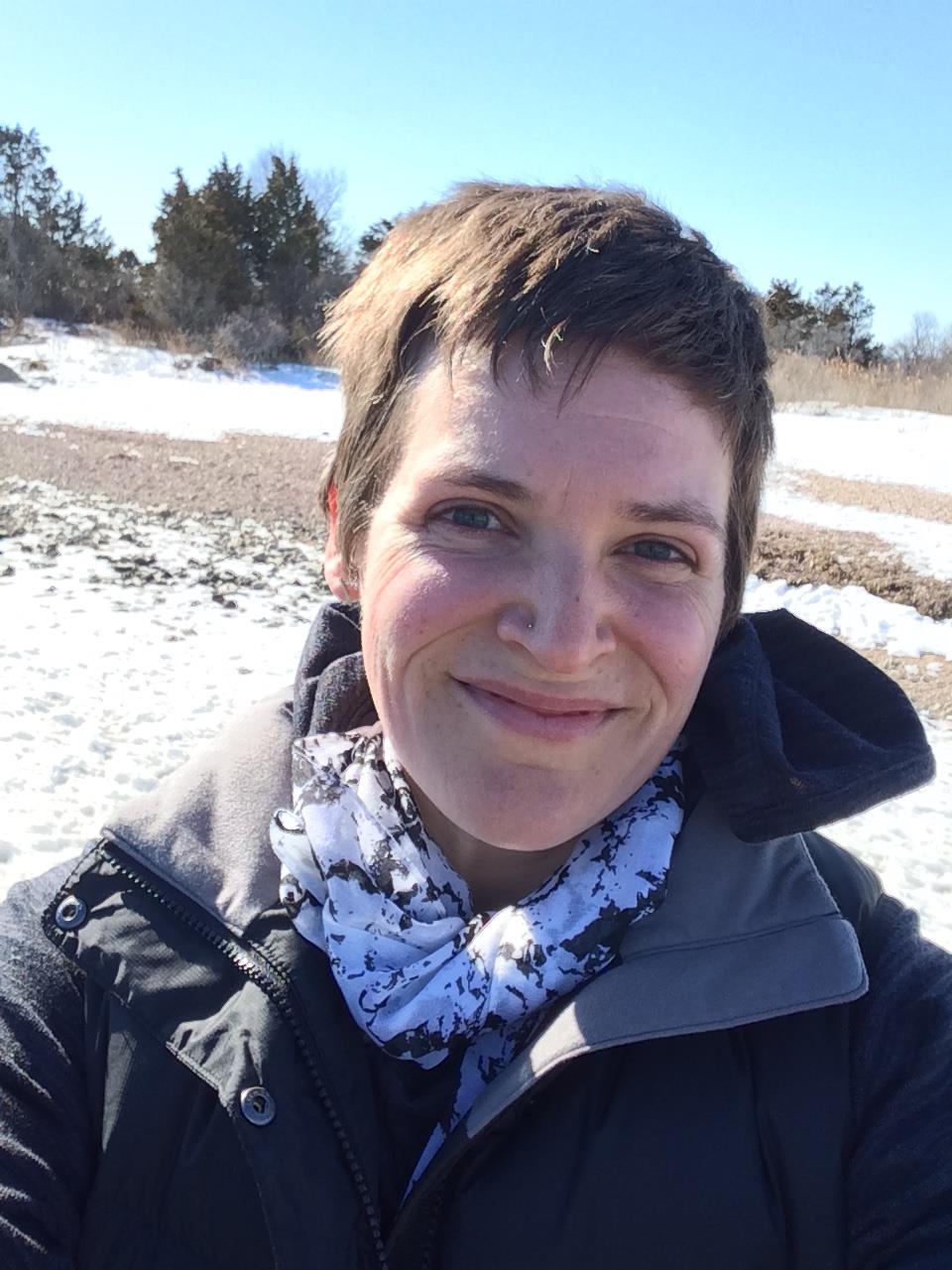
Mary Rogalski
Research Interests: Environmental impacts, including pollution and climate change, can dramatically affect the species we find in ecological communities and how these species interact. Human impacts can also trigger rapid evolutionary changes in populations strong enough to affect population dynamics, species interactions, and nutrient fluxes. In other words, anthropogenic global change can drive eco-evolutionary dynamics. I use a combination of field studies and laboratory experiments to explore these dynamics in natural populations, mainly zooplankton assemblages in lakes. Some of my work has looked at these trends over century and longer time scales using lake sediment archives as well as “resurrection” of diapausing zooplankton eggs. There is a presumption that rapid evolution occurs in response to strong selection pressure, resulting in local adaptation, and that these evolutionary responses may, in turn, influence species interactions. My research has shown that these dynamics may not be that simple, particularly in human impacted systems.
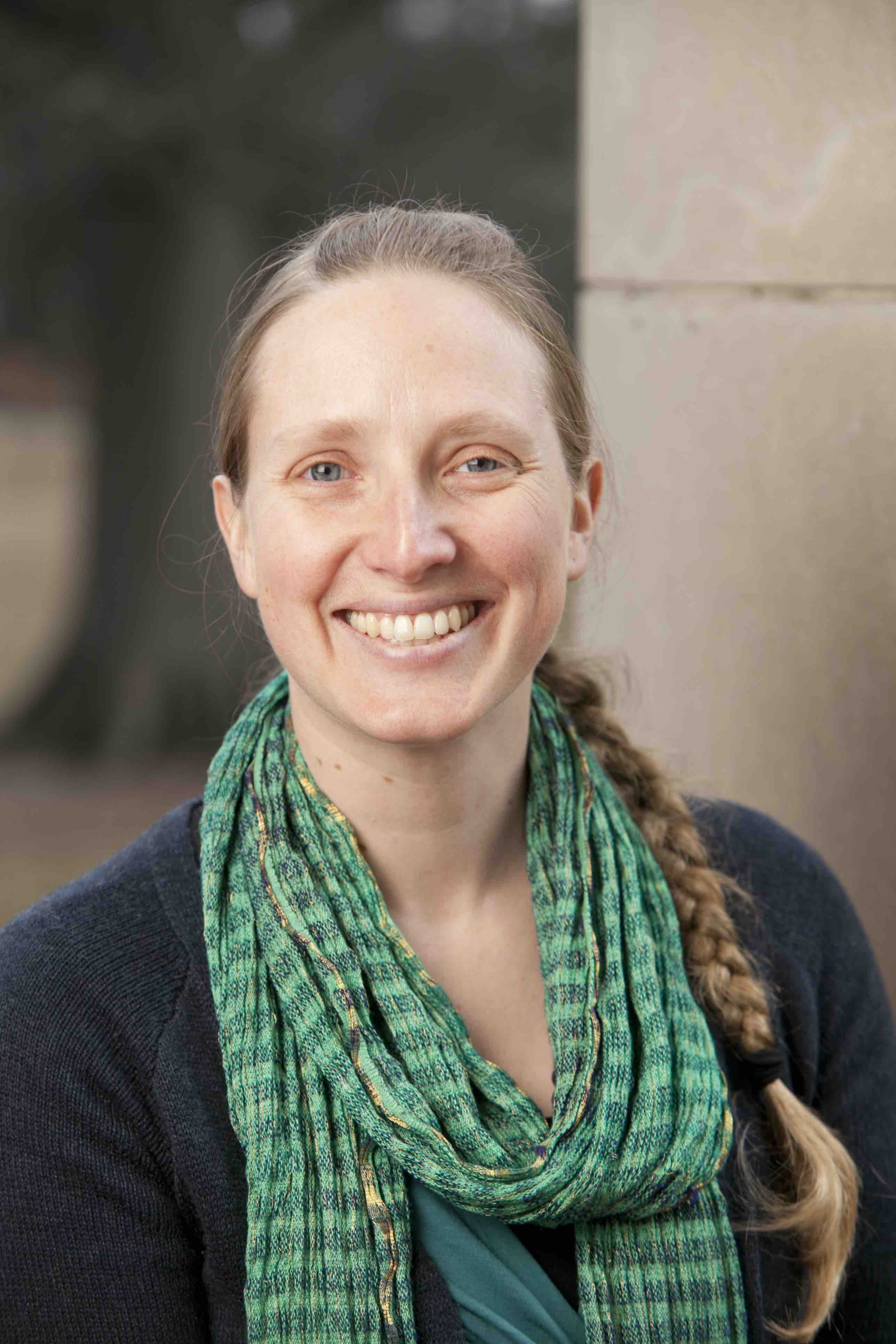
Shana Starobin
Research Interests: Shana Starobin's research centers on the politics of transnational business regulation and institutional innovation in global environmental governance. Shana's current book project--Alternatives to Transnational Sustainability Governance in the Global South—examines how producers of agricultural commodities from developing and emerging economies engage as active and innovative policy actors in the regulation and governance of natural resources, with comparative cases from Latin America.
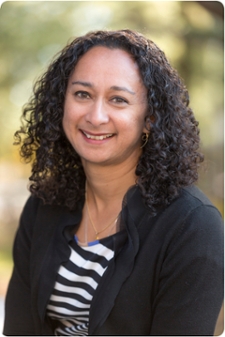
Dharni Dharni Vasudevan
Research Interests: Dr. Vasudevan's research is concerned with the fate of synthetic and naturally occurring organic and inorganic compounds. Her work focuses on the mechanisms by which organic and inorganic compounds interact with mineral surfaces in soil and aquatic environments. Central research issues include the study of sorption, desorption and coordination chemistry; surface complexation theory; mineral precipitation, dissolution, and weathering; and surface-assisted chemical transformation processes. Dr. Vasudevan and her group use a combination of controlled laboratory experiments, molecular and surface complexation modeling, and statistical tools in their research. Completed and current projects have emphasized the study of iron oxide rich soils, and pure phase minerals (iron, aluminum and titanium oxides, silica, and kaolinite) and include: Polar and ionic organic compound (pesticides/herbicides, pharmaceuticals) sorption-desorption in soils; Sorption of organic ligands with -OH, -COOH, -NH2, heterocyclic N groups at the metal-oxide water interface; Influence of phosphate on organic compound retention in soils; Fluoride sorption to soils and associated aluminum release. Sorption of approved tracers and their potential use as surrogates for pesticide fate and transport; Chemometric analysis of pesticide and pharmaceutical retention in soils.